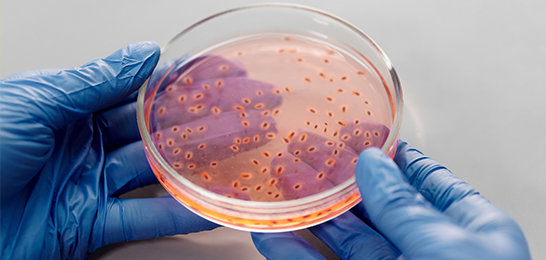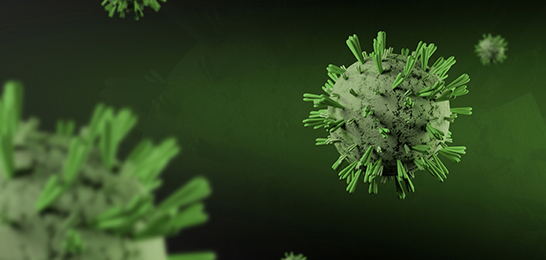Published Date: Oct 18 2022
Biopharmaceutical refers to the use of research results of microbiology, biology, medicine, biochemistry, etc., from organisms, biological tissues, cells, body fluids, etc., comprehensively using the principles of microbiology, chemistry, biochemistry, biotechnology, pharmacy and other sciences and a class of articles for prevention, treatment and diagnosis made by the method.
1. Biopharmaceutical raw materials are mainly natural biological materials
Including microorganisms, human body, animals, plants, marine life, etc. With the development of biotechnology, purposefully prepared biological raw materials have become the main source of current biopharmaceutical raw materials. Such as animal raw materials obtained by immunization, microorganisms or other cell raw materials obtained by changing the genetic structure, etc. Biologic pharmaceuticals are characterized by high pharmacological activity, small toxic and side effects, and high nutritional value. Biologic pharmaceuticals mainly include proteins, nucleic acids, carbohydrates, lipids, etc. The constituent units of these substances are amino acids, nucleotides, monosaccharides, fatty acids, etc., which are not only harmless to the human body but also important nutrients. The biopharmaceutical camp is huge and developing rapidly. At present, half of the world's pharmaceuticals are biosynthesized, especially when synthesizing drugs with complex molecular structures, it is not only simpler than chemical synthesis, but also has higher economic benefits.
2. Industrial characteristics of biopharmaceuticals
For half a century, a series of breakthrough applications of microbial transformation in drug development have created huge medical value and economic benefits for the pharmaceutical industry. The characteristic of microbial pharmaceutical industrial production is the use of a certain microorganism in a "pure-bred state", that is, not only the "seed" should be optimal, but also only one type, such as other bacteria coming in, it is a miscellaneous bacteria. For fixed products, there must be the most suitable medium for it to grow according to the process. The composition of the medium cannot be changed arbitrarily. For a strain in the same fermentation medium, because only a certain component is missing or added, the fermented product is completely different. For example, Streptomyces aureus can form chlortetracycline in chloride-containing medium, and tetracycline is produced in the absence of chloride or by adding substances that inhibit the generation of chloride in the medium. Drug-producing bacteria are put into fermenter production and must be prepared by seed expansion. The stored strains are transferred from the inclined plane to the shake flask for cultivation, and the grown shake flask seeds are transferred to the seed tank with a large amount of culture, and can be transferred to the fermenter for cultivation after growth. Different fermentation scales also have different fermentation tanks, such as 10 tons, 30 tons, 50 tons, 100 tons, and even larger tanks. It's like the different sized pots we use when cooking.
The vitamins we eat, erythromycin, lintomycin, etc., and penicillin, streptomycin, gentamicin, etc. for injection are obtained by fermentation of different microorganisms. The vast majority of antibiotics used in medicine come from microorganisms, and each product has strict production standards. With the continuous iteration of bio pharma technology, it will be widely used in the treatment of cancer, AIDS, rare diseases, coronary heart disease, anemia, dysplasia, diabetes and other diseases in the future.









